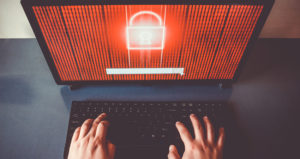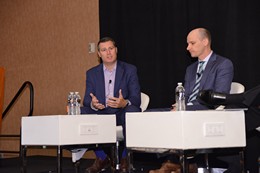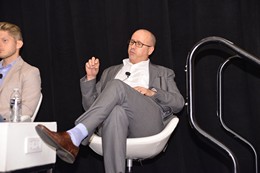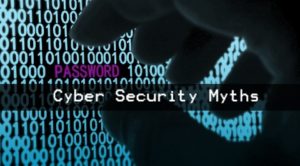
The Internet of Things is poised to revolutionize apartment home systems and appliances, but it also increases the security and privacy threats to apartment firms. At the 2017 NMHC OPTECH Conference & Exposition, a panel of leading security experts shared best practices for ensuring that apartment firms are mindful of the new threats as they integrate smart home devices into their communities.
The panel’s moderator, Mike Smith, vice president at White Space Building Technology Advisors, advised that as apartment firms add IoT devices to their communities, they need to look for products that are specifically designed for multifamily, noting, “if you buy a product at Home Depot, it is probably not designed for the complex nature of multifamily security needs.”
Panelist Michael Reese, Chief Information Officer for USA Properties Fund,  agreed, saying that he views “IoT as Internet of Threats, not Internet of Things,” and recommended this view as apartment firms evaluate smart home technology. Kevin Gerber, project manager at Forest City Enterprises, noted that it is critical to educate staff on the new technologies and maintaining strong security protocols, and highlighted the need for a strong support structure.
agreed, saying that he views “IoT as Internet of Threats, not Internet of Things,” and recommended this view as apartment firms evaluate smart home technology. Kevin Gerber, project manager at Forest City Enterprises, noted that it is critical to educate staff on the new technologies and maintaining strong security protocols, and highlighted the need for a strong support structure.
Panelists agreed in the importance of segregating networks as a critical step in good cyber hygiene. Yousef Abdelilah, innovation and product management leader at American Tower, stressed the importance of implementing different layers of security to protect systems. Hackers don’t want to spend a significant amount of time trying to hack a system and will move on to systems that have fewer layers and are, therefore, easier to access.
Bill Fisher, security engineer at the National Cybersecurity Center of Excellence, part of the National Institute of Standards and Technology (NIST), commented that “IoT threat mitigation is not that different from past cyber  threats. Best practices for strong cyber hygiene aren’t new. Right now, the onus is on the end-user to ask right questions and educate him or herself until market correction forces vendors pushes vendors to address security.” NIST provides best practices and a customizable approach to managing cyber risk through the NIST Cybersecurity Framework.
threats. Best practices for strong cyber hygiene aren’t new. Right now, the onus is on the end-user to ask right questions and educate him or herself until market correction forces vendors pushes vendors to address security.” NIST provides best practices and a customizable approach to managing cyber risk through the NIST Cybersecurity Framework.
Panelists recommended evaluating the ROI on current IoT technology. Fisher commented that installing IoT is a risk decision. Firms need to weigh the convenience of devices versus the risk of security and legal ramifications if a system is hacked.
Reese reminded the audience that ensuring strong information security policy is a senior executive issue, not simply an IT issue, that needs to be implemented throughout the company
NMHC provides a resources on cybersecurity, including a cybersecurity white paper and a cyber threat alert system. More information can be found at nmhc.org/data-security.


